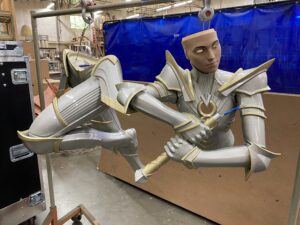
Artificial Intelligence works as a way for computerized systems to quickly retrieve and analyze data that can aid their current operations. It has since found an entry point into all modern industries, being adopted as a resource for advancing ideas and improving processes.
The same is true for 3D printing. CAD software used for programming and designing 3D models can require a steep learning curve and is subject to user error. Through machine learning, programmers are working to get to the point where CAD software could have set algorithms to be able to logically predict correct sequence settings while checking for inconsistencies and faults. This entryway into AI integration could prove to be a major point of improvement for additive manufacturing, not only because it would cut down on design and engineering, but also because it would save time in quality control checks.1
Quality assurance is a major fail-point for the manufacturing cycle. Businesses incorporate quality policies to check that parts a made according to industry and customer standards. This is a great place for AI to integrate in because “[it] can analyse the 3D model and continuously compare it to the ongoing print process, monitor essential parameters, and make quick adjustments on the fly to address any issues.”2
Although there are many ways to bring AI into the additive manufacturing world, it has not yet become a leading technology in the industry. Development has to be done on the ground floor of individual companies and producers – to find new ways to integrate AI practices into their processes. And more development of AI overall needs to happen to make it more accessible to everyday users.
1 Artificial Intelligence in Manufacturing
2 Hubs explores the impact of AI on 3D printing



